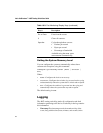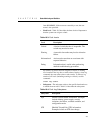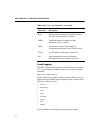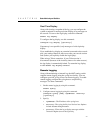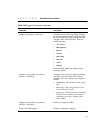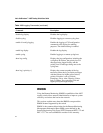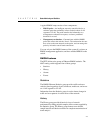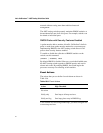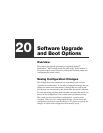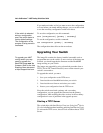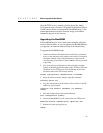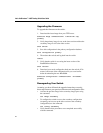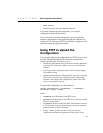
416
Intel
®
NetStructure™ 480T Routing Switch User Guide
The History group is useful for analysis of traffic patterns and trends
on a LAN segment or VLAN, and to establish baseline information
indicating normal operating parameters.
Alarms
The Alarms group provides a versatile, general mechanism for
setting threshold and sampling intervals to generate events on any
RMON variable. Both rising and falling thresholds are supported,
and thresholds can be on the absolute value of a variable or its delta
value. Alarm thresholds may be auto-calibrated or set manually.
Alarms inform you of a network performance problem and can
trigger automated action responses through the Events group.
Events
The Events group creates entries in an event log or sends SNMP
traps to the management workstation. An event is triggered by an
RMON alarm. You can configure the switch to:
• Ignore the event
• Log the event
• Send an SNMP trap to the receivers listed in the trap receiver table
• Both log and send a trap
The RMON traps are defined in RFC 1757 for rising and falling
thresholds.
Effective use of the Events group saves you time. Rather than
having to watch real-time graphs for important occurrences, you
can depend on the Events group for notification.
Through the SNMP traps, events can trigger other actions,
providing a mechanism for an automated response to certain
occurrences.
Configuring RMON
RMON requires one probe per LAN segment, and stand-alone
RMON probes have traditionally been expensive. Therefore, Intel’s
approach is to provide an affordable RMON probe into the agent of
each system. This allows RMON to be widely deployed around the



